Key Takeaways:
- Ideal Age for Training: The best age to start toilet training a cat is between 3 to 6 months.
- Preparation is Key: Before beginning, ensure you have the right supplies like a suitable litter tray and kitten-friendly litter.
- Patience Pays Off: Toilet training a cat requires patience and consistency, but it can lead to a cleaner home and a happier pet.
Cats, unlike their canine counterparts, tend to have a natural knack for cleanliness, which makes them somewhat easier to train when it comes to using the toilet. However, timing and technique are crucial to ensure that your fluffy friend doesn’t turn your Persian rug into their personal restroom.
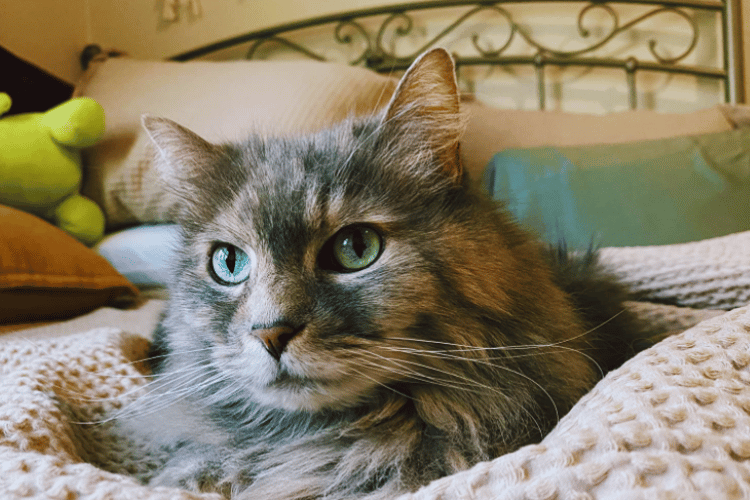
When to Start: Timing is Everything
The question of "what age should a cat be toilet trained" is pivotal. Most cats are ready to begin litter training by the time they are around 3 to 6 months old. This is the golden window where kittens are most adaptable to new experiences and routines. Starting too early might overwhelm your kitten, while starting too late could mean breaking some already established bad habits.
Young kittens are like sponges, absorbing every bit of information and adapting to their environments. This period is when their cat s natural instincts about hygiene kick in, making it an ideal time to introduce a litter box.
Setting the Stage: Choosing the Right Equipment
Before you even think about training, you need the right tools. For kittens, a low-sided litter tray is essential as it allows easy access. Fill it with kitten-friendly litter, which is usually softer and non-clumping to avoid any health issues if ingested. Positioning the litter tray in a quiet, enclosed space helps your kitten feel secure during toilet time.
Remember, the type of litter and the litter box can greatly influence your success. Cats prefer cleanliness, so choosing a litter that masks the smell and is easy to dig through can make the training process smoother.
The Training Grounds: Creating a Conducive Environment
Toilet training cats isn't just about the physical tools; the environment plays a huge role too. Ensure the litter box is placed in a location that is easily accessible but also offers some privacy. Cats, much like humans, appreciate a little privacy when doing their business.
If you have multiple cats, the general rule is one litter box per cat, plus one extra. This helps prevent any territorial disputes and keeps the litter box consistently clean, as most cats might refuse to use a soiled litter box.
The Art of Litter Training Kittens: A Comedic Tale
When embarking on the noble quest of litter training kittens, imagine you're a diplomat negotiating peace among nations—except your nations are furry and have a penchant for ignoring your pleas. In the first few weeks, your home transforms into a feline boot camp, where the litter box is the barracks and you, dear trainer, are the drill sergeant. The goal? Convincing your tiny, adorable recruits that the cat's litter box isn't just another peculiar furniture piece for them to ignore.
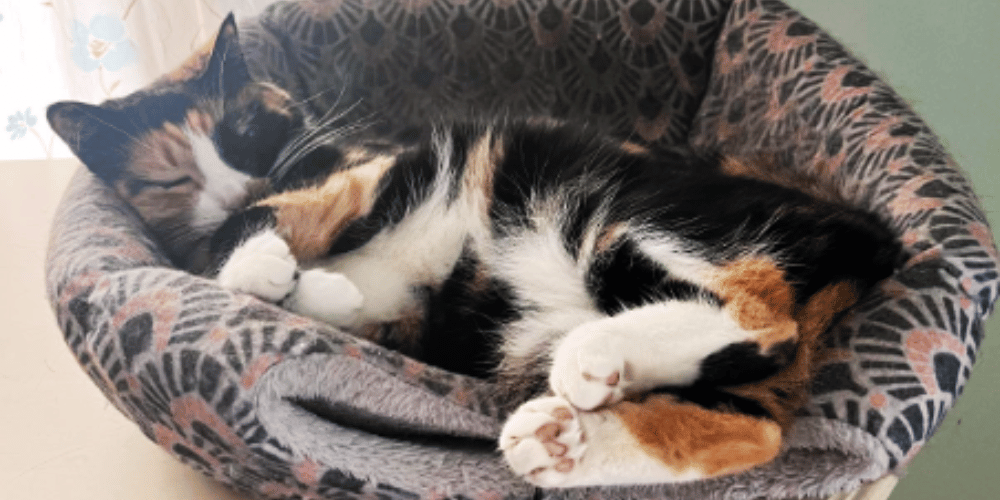
Now, kittens, much like toddlers, have a mind of their own. If you think getting one cat to use the litter box is a challenge, try orchestrating a symphony with multiple furry musicians. Each kitten may prefer a different corner of the box, or perhaps they fancy the feel of clumping litters between their toes. The key is consistency and a boatload of patience. Remember, you're not just training them to use a box; you're teaching them the fine art of bathroom etiquette. And yes, occasionally, this involves a misplaced poop or two.
The Litter Box Olympics: Competitive Potty Training
When it comes to potty training, who said only humans can have a little competitive fun? Imagine setting up a series of litter boxes, each with a unique theme or challenge, and watching your cat choose their preferred battleground. Whether it's the sandy beaches of a finely granulated litter or the lush forests of pine-scented chips, observing which box your cat prefers can add a humorous twist to the otherwise mundane task of litter box training. Plus, it's a great way to ensure the box stays clean, as no self-respecting cat would want to lose points for messiness!
Now, if you have multiple cats, the game intensifies. How many cats can use one toilet without turning it into a territorial dispute? Picture this: a leaderboard in the small room where the litter boxes are placed, tracking which cat is the most diligent about covering up after themselves. Not only does this encourage good potty habits, but it also adds a layer of entertainment to your day. Remember, though, to keep the competition friendly and the litter boxes clean to avoid any unsportsmanlike conduct!
The Secret Life of Cat's Litter Boxes: A Feline Spy Story
Ever wondered what happens in the mysterious world of a cat's litter box? Well, buckle up, because it's less of a James Bond film and more of a slapstick comedy. Adult cats are quite the secretive creatures, often sneaking off to their litter boxes with all the stealth of a seasoned spy. However, unlike the smooth operatives in the movies, our feline friends sometimes miss their mark! Ensuring the tray regularly gets a cleanup becomes as crucial as a spy erasing his digital footprints—lest the smells start signaling like a beacon!
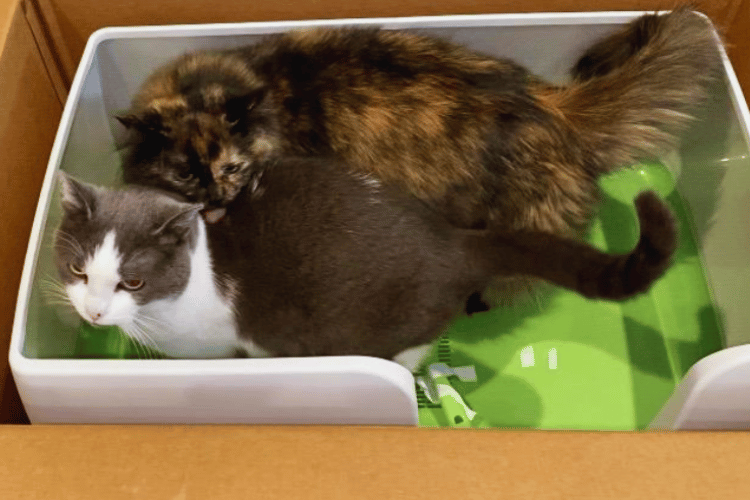
In households with more than one cat, the litter box can become the hot spot for undercover meetings. Imagine a scenario where new cats are introduced. The original gang, the seasoned veterans, might stake out their territory around the box, turning it into a scene reminiscent of a tense spy exchange. "This is my floor, newbie," you can almost hear them hiss. Managing these dynamics requires a diplomat's touch, ensuring each cat feels like they're the star of their own spy movie, complete with their own designated litter box.
The Litter Box Diaries: Confessions of an Adult Cat
Ever wondered what goes through the mind of an adult cat as they approach the daunting realm of the litter box? Well, buckle up, because it's quite the soap opera. Picture this: an adult cat, let's call her Whiskers, struts confidently towards her cat's litter box. She's been around the block, seen a few things, and isn't easily ruffled. But today, the litter box is in a new spot. Whiskers pauses, her tail twitches in irritation. "A change in scenery? Really, human?" she seems to ponder, as she skeptically sniffs around, contemplating the audacity of her owner.
Now, imagine if Whiskers had to share this newly relocated box with other cats. The drama unfolds! Enter Mittens, the mischievous younger feline of the household, who has a notorious reputation for not covering up after himself. Poor Whiskers, the epitome of feline etiquette, must now navigate the minefield of sharing her sacred space with a carefree kitten. The tension is palpable. Whiskers takes a deep breath, steps in, and with a look of resigned determination, decides to lead by example, hoping Mittens will catch on. Spoiler alert: he doesn’t.
The Litter Box Tango: Choreographing Your Cat's Steps
Have you ever watched a cat approach its litter box? It's like witnessing a meticulous tango dancer, each step calculated and precise. Cats are known for their cleanliness, and this extends to their bathroom habits. When introducing a new litter box, observe how your cat circles it, sniffing and inspecting like a detective on a high-stakes case. They're not just being picky; they're ensuring the spot meets their high standards of privacy and cleanliness. This dance is crucial, as a cat's acceptance of its litter box is the first step towards successful toilet training.
In the world of cat toilet training, the litter box setup is akin to setting the stage for a Broadway show. The location, the type of litter, and even the size of the box can dramatically affect your cat's performance. A common mistake is hiding the litter box in a far corner of the basement, which might be too remote for your kitty's liking. Cats prefer a quiet yet accessible location to do their business, where they can feel safe yet not isolated. Think of it as choosing the best seat in a theater; location is everything!
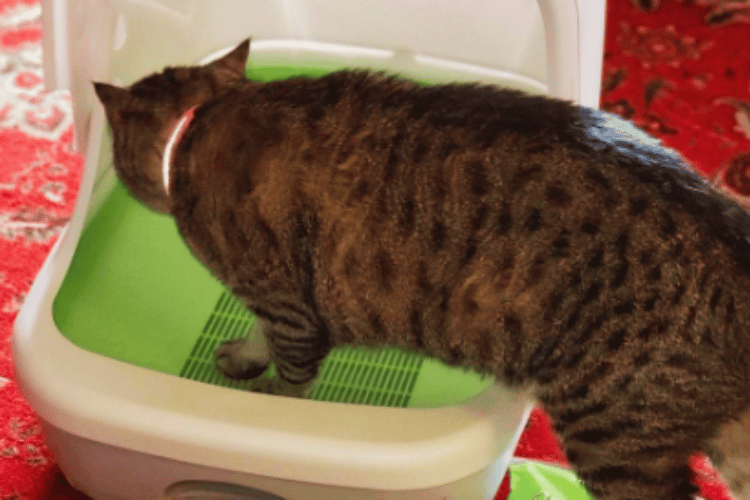
Litter-ary Genius: Cats and Their Intellectual Bathroom Habits
Did you know that your cat's litter box habits could be a window into their intellectual soul? Cats often spend time pondering over their litter choices, and some feline behaviorists believe this can be a sign of their contemplative nature. Choosing the right litter is like selecting the perfect book for a quiet evening; it needs to be just right. Whether it's clumping or non-clumping, scented or unscented, each cat has its preference, which might change as they age, much like our taste in literature evolves.
Moreover, the process of covering their waste is not just a hygienic action but a strategic move. In the wild, covering their tracks keeps predators from sniffing them out. At home, it's more about keeping the peace in a multi-cat household or maintaining a clean environment. Observing how your cat interacts with its litter can provide insights into its personality. Is your cat a meticulous coverer, or does it leave a bit of a mess? Just like humans, every cat's approach to "bathroom reading" is unique, reflecting their individual character and style.
The Litter Box Lounge: Where Cats Chill and Spill
Have you ever considered that the cat's litter box might just be the coolest hangout spot for your feline friends? Yes, you heard that right. It's not just a bathroom; it's a lounge, a place of reflection, or perhaps a gossip corner for the adult cat and other cats in the home. Imagine our sophisticated feline, Duchess, who uses this spot to catch up on the latest yard gossip while casually doing her business. "Did you see that ridiculous new dog next door?" she might whisper to herself, chuckling softly.
On the flip side, this lounge is also a stage for silent protests. When not happy, especially when the cleanliness isn't up to par, Duchess and her friends might stage a 'sit-in'. There they are, all lined up, glaring judgmentally at their human from their litter box perch. It's their way of saying, "Clean up our lounge, or we plot your doom!" It's a humorous reminder of just how much personality our cats infuse into every aspect of their lives, including their bathroom habits. So, next time you see your cat lingering around their litter box, remember, it might just be their social hour!
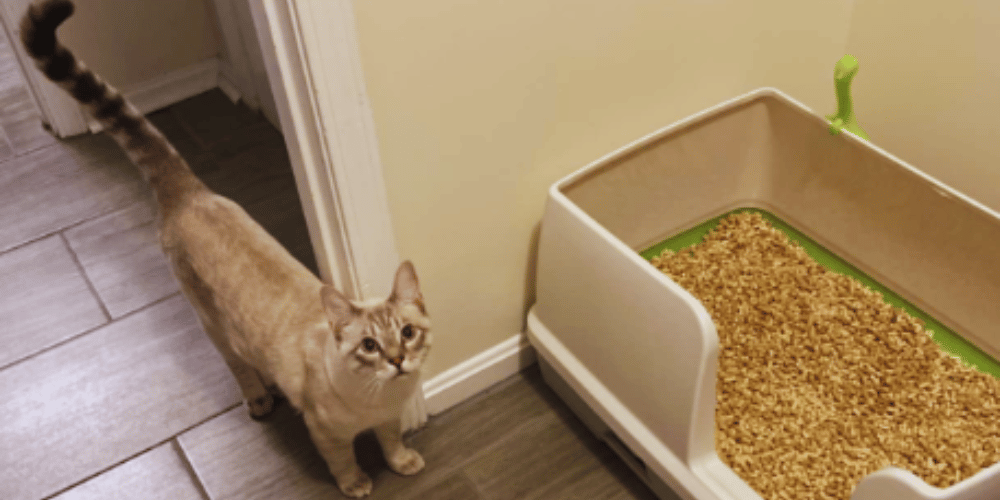
Feline Roommates: When Cats and Dogs Share the Bathroom
Introducing a new cat to a home with dogs can feel a bit like mixing oil and water. Let's set the scene: the new cat saunters in, eyeing the puppy pad with a mix of curiosity and disdain, while the dog watches on, puzzled by this new creature that seems uninterested in playing fetch. The first few encounters can be comedic, as each tries to figure out the other's bathroom etiquette. It's like watching a sitcom where roommates learn to share a single bathroom—chaos, confusion, and eventually, some heartwarming understanding.
Now, imagine if these roommates had to share not just space but also a litter box. While cats have their private litter boxes, adventurous dogs might sometimes explore these "foreign territories," leading to some hilarious misunderstandings. Picture a dog mistaking the cat's litter box for a new snack tray—yikes! To prevent such mix-ups, it's crucial to keep the cat's litter box in one room, ideally one that the dog can't access. This setup helps maintain peace and hygiene in the multi-pet household, ensuring everyone knows which floor is whose domain!
Dinner and a Show: Eating Habits Influencing Potty Practices
Have you ever noticed that everything in a cat's life is interconnected? Take eating and potty habits, for instance. Cats who have a well-regulated feeding schedule are more likely to have predictable bathroom routines. This can be a game-changer when you're trying to toilet train your cat. Think of it as scheduling dinner and a show—first, the feast, then the performance on the grand stage of the newly introduced toilet seat. Ensuring your cat has a consistent diet and feeding times can significantly ease the transition from litter box to toilet.
But here's a funny twist: what if your cat is more like a dog? Some cats, believe it or not, might show an interest in puppy pads, especially during the early stages of toilet training. This could be because the texture or the placement of the pad mimics that of their food area, making them feel more at ease. It's like having a snack while using the bathroom—odd for humans, but who are we to judge the complex minds of our feline overlords? Keeping a clean litter and a well-managed feeding area might just be the secret recipe for successful cat toilet training.
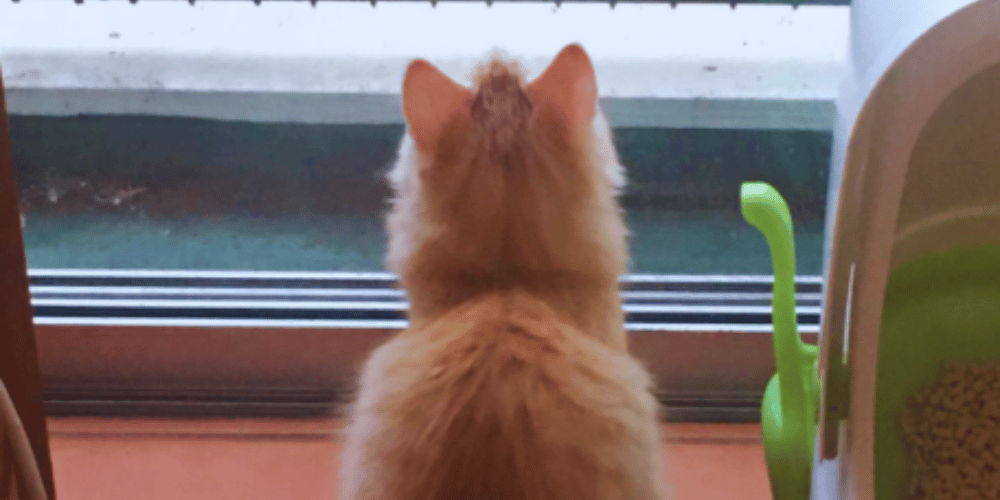
The Great Transition: From Litter Box to Lavatory
Imagine the scene: your cat, perched majestically on the toilet, doing its business like a seasoned pro. This isn't a sketch from a quirky cartoon; it's your next training goal! Transitioning from litter box to toilet trained cat can feel like teaching a cat to flush—which, by the way, would be a remarkable party trick. The first step is getting your cat accustomed to the bathroom. Start by moving the litter box closer to the bathroom door each day, a feline version of 'hot and cold,' if you will.
As the litter box inches closer to the open toilet, your cat's curiosity peaks. "What is this strange porcelain throne?" it wonders. This is your cue to introduce a kitty-friendly toilet seat. Yes, they exist, and they're fabulous. Ensure there's enough room for your cat to maneuver comfortably because nobody likes a cramped bathroom experience. Gradually, your cat will start associating the toilet with their bathroom breaks. And while you might have to deal with a few protests or puzzled meows along the way, the day your cat masters the toilet will be one for the history books—or at least, an epic tale to share at your next dinner party.
Step-by-Step Guide: From Litter Box to Toilet Seat
Transitioning from a litter box to a toilet seat is a gradual process. Start by moving the litter box closer to the bathroom each day until it's next to the toilet. This helps your cat get accustomed to the new location for doing their business.
Next, use a specially designed cat toilet training kit. These kits fit on your toilet and allow you to fill them with flushable litter. Gradually reduce the amount of litter and increase the size of the hole in the center of the trainer until your cat learns to balance on the toilet seat.
Common Challenges and Solutions
One of the biggest challenges in toilet training cats is dealing with accidents. If your cat misses the litter box or toilet, it's important not to punish them. Instead, gently place them back on the toilet seat or in the litter box to reinforce where they should go.
Another common issue is reluctance. If your cat seems hesitant to use the toilet, it might be due to the height or the openness. Try using a step stool to help them reach the toilet more comfortably, or provide a cover to create a more enclosed space.

Health Considerations: When to Consult a Vet
While toilet training can be a clean and convenient option, it's important to watch for any signs of health problems. Difficulty in using the toilet, changes in elimination habits, or signs of distress should prompt a visit to the vet. Sometimes, underlying health issues can make toilet training more difficult or uncomfortable for your cat.
Summary
Toilet training a cat can be a rewarding endeavor, enhancing both your life and your cat’s. Starting at the right age, using the right tools, and maintaining patience are key components. Remember, each cat is unique, and adjustments might be necessary. With the right approach, your cat can successfully be toilet trained, leading to a cleaner home and a deeper bond between you and your pet.
FAQ
Q1: Can older cats be toilet trained? A1: Yes, older cats can be toilet trained, although it might take more time and patience compared to training kittens.
Q2: How long does it usually take to toilet train a cat? A2: The duration varies depending on the cat and the method used, but typically it can take anywhere from a few weeks to several months.
Q3: Are there any disadvantages to toilet training a cat? A3: One potential disadvantage is that it's harder to monitor your cat’s health through their waste, which can be an important indicator of their well-being.
Thank you for visiting LegitLists we hope this helps you make a legitimate choice!






